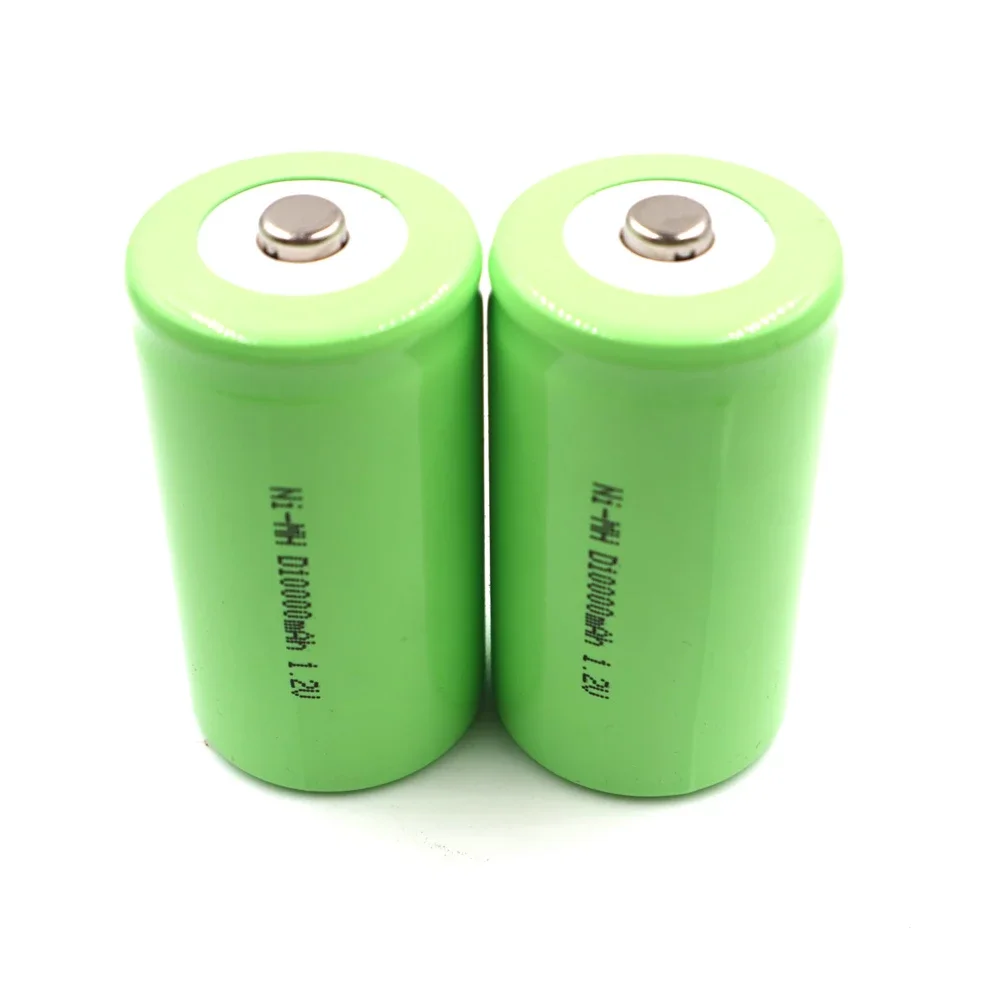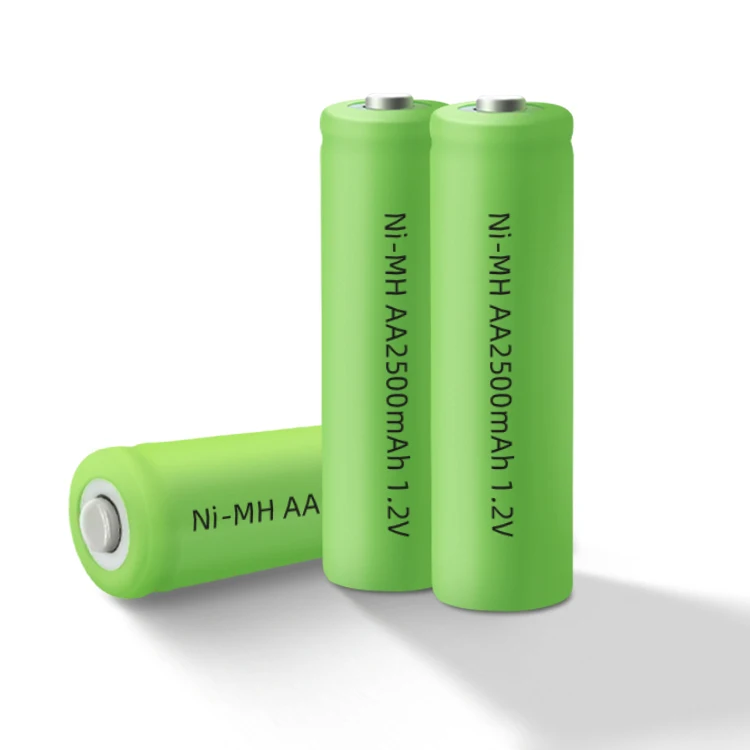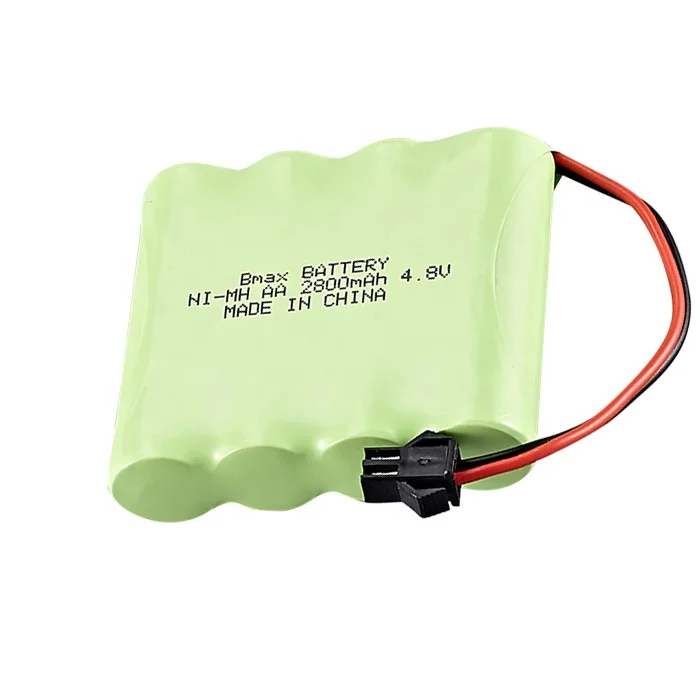Nickel-Metal Hydride (NiMH) batteries, like all battery types, can fail or degrade over time due to a variety of factors. Understanding these factors can help in optimizing their performance and lifespan. Here are the primary reasons why NiMH batteries might fail or lose efficiency:
1. Overcharging
Charging NiMH batteries beyond their capacity can lead to overcharging, which is one of the most common causes of battery failure. Overcharging can produce excessive heat, pressure, and eventually lead to the breakdown of the battery’s chemical structure, reducing its capacity and lifespan. It can also lead to battery leakage or rupture in severe cases.
2. Memory Effect
Although modern NiMH batteries are much less susceptible to memory effect than older NiCd batteries, they can still experience this issue under certain conditions. Memory effect occurs when batteries are repeatedly recharged after being only partially discharged; they “remember” the shorter cycle, which can lead to a decrease in the usable capacity of the battery over time.
3. Deep Discharges
Completely discharging NiMH batteries can be harmful if done frequently. Deep discharging can lead to the reversal of some cells within multi-cell battery packs, where some cells end up with a negative charge. This reversal can permanently damage the affected cells, reducing the overall capacity and efficiency of the battery pack.
4. High Temperatures
Exposing NiMH batteries to high temperatures during charging or discharging can accelerate the degradation of their components. High temperatures increase the rate of undesirable chemical reactions within the battery, leading to a faster loss of capacity and shorter overall lifespan.
5. High Discharge Rates
While NiMH batteries are capable of supporting high discharge rates, consistently pushing them to their limits can lead to faster degradation. High discharge rates can cause increased heat generation and stress the battery’s materials.
6. Age and Natural Degradation
NiMH batteries, like all rechargeable batteries, have a limited lifespan and will naturally degrade over time. Each charge-discharge cycle slightly degrades the battery’s materials, and over many cycles, this leads to a noticeable reduction in capacity and performance.
7. Poor Maintenance and Storage
Improper maintenance and storage conditions can also lead to premature failure of NiMH batteries. Storing batteries in a discharged state, in high temperatures, or in humid environments can reduce their performance and lifespan. Furthermore, infrequent use of NiMH batteries can also lead to degradation, particularly if they are not periodically recharged.
8. Self-Discharge
NiMH batteries have a higher self-discharge rate compared to lithium-ion batteries. If left unused for extended periods, they can lose a significant portion of their charge. This natural discharge can be problematic if the batteries are stored without periodic recharging, leading to deep discharge states that may harm their long-term viability.
Mitigation Strategies
To extend the life of NiMH batteries and prevent premature failure, consider the following tips:
- Use a smart charger that prevents overcharging by shutting off when the battery is full.
- Periodically fully discharge and then fully recharge your NiMH batteries (every few months) to counteract any potential memory effect.
- Avoid storing batteries in hot or humid environments. Store them in a cool, dry place.
- Regularly charge stored batteries every few months to prevent deep discharge.
By understanding and mitigating these factors, you can help ensure that your NiMH batteries perform well throughout their intended lifespan.


